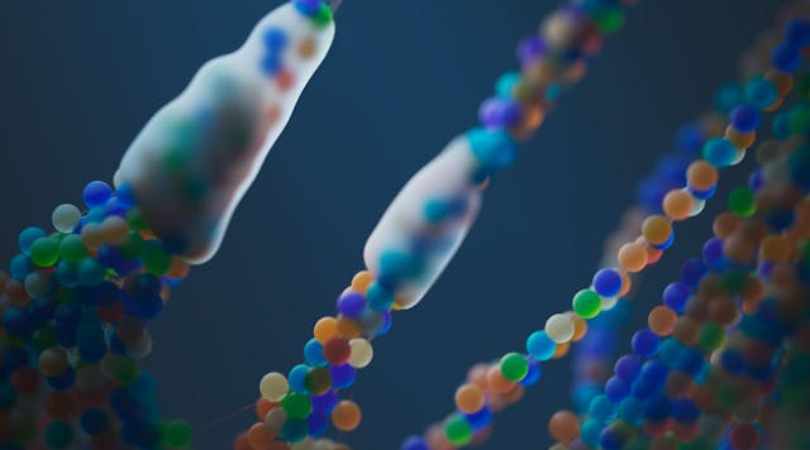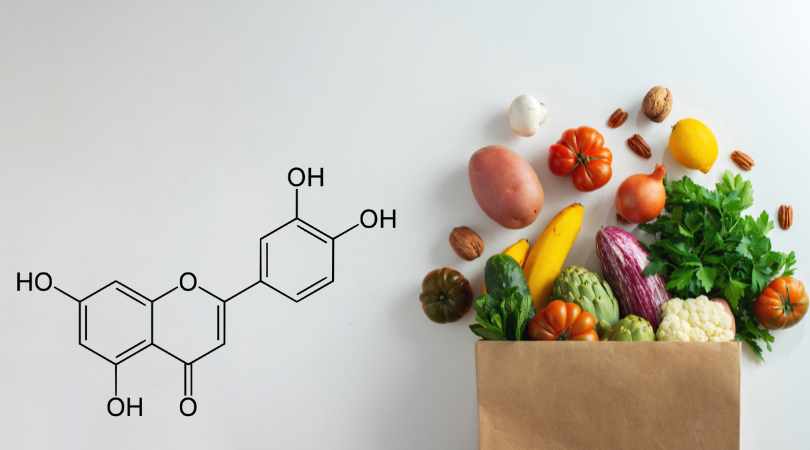Scientists have successfully restored the lost uricase enzyme, a key breakthrough in combating fructose-induced fat formation. This discovery offers new hope for preventing obesity and metabolic disorders by targeting how the body processes sugar and stores fat.
Limited Quantities Available! Order Today and Enjoy Free Shipping on Orders Over $100!
High-Fructose Corn Syrup (HFCS)
A processed sweetener made from corn that contains a high percentage of fructose—linked to obesity and metabolic disease.
It’s Not Just the Syrup—It’s the Pathway It Triggers
High-fructose corn syrup (HFCS) is a major driver of metabolic disease—not just because of its sweetness, but because of how it’s metabolized.
HFCS floods the liver with unregulated fructose, triggering fat creation, uric acid spikes, and cellular energy depletion. But even if you avoid it, your body can still generate fructose internally through stress, high-carb diets, or dehydration—activating the same damaging pathways.
That’s where SugarShield comes in. Designed to support the body’s response to fructose metabolism—whether from HFCS or internal sources—it helps protect energy balance, insulin sensitivity, and long-term metabolic health.
What is High-Fructose Corn Syrup?
High-fructose corn syrup (HFCS) is a liquid sweetener made from corn starch. It's commonly used in processed foods and soft drinks because it's cheap, stable, and sweeter than sugar.
Composition
HFCS typically contains:
- HFCS-55 (used in soda): 55% fructose, 45% glucose
- HFCS-42 (used in baked goods): 42% fructose
This higher ratio of fructose compared to sucrose (which is 50/50) is part of the concern.
Why It's Harmful
Fructose is metabolized differently than glucose—bypasses insulin regulation and is processed almost entirely by the liver. HFCS contributes to:
- Fatty liver
- Uric acid production
- Insulin resistance
- Cravings and overeating
The Bigger Problem
HFCS is a marker of processed food consumption, but the real issue is fructose load—whether from sugar, HFCS, or internal production.
At LIV3, we want people to understand that even if you cut HFCS, your body may still produce fructose in response to other triggers. That's why we focus on blocking the fructose pathway itself.






